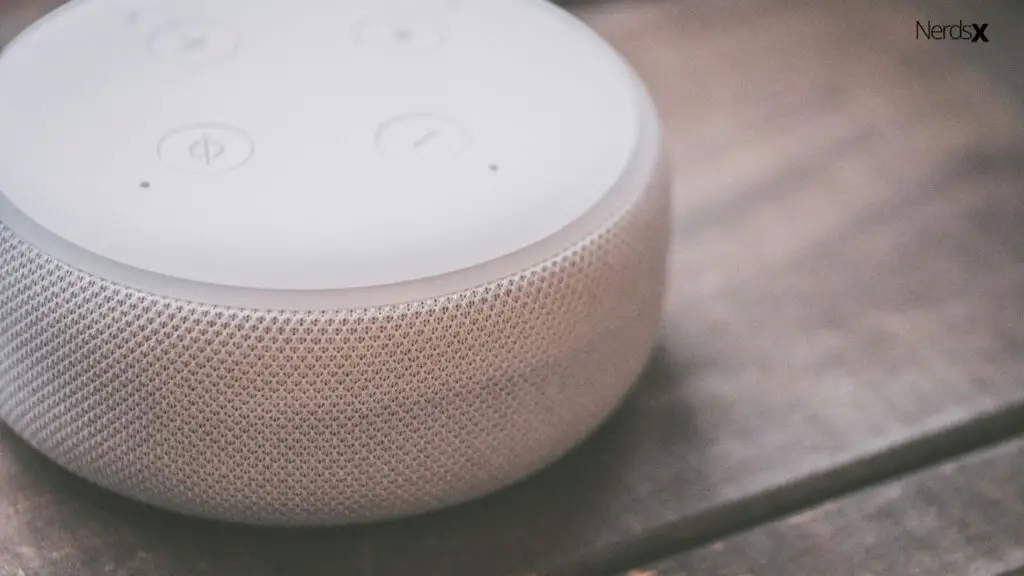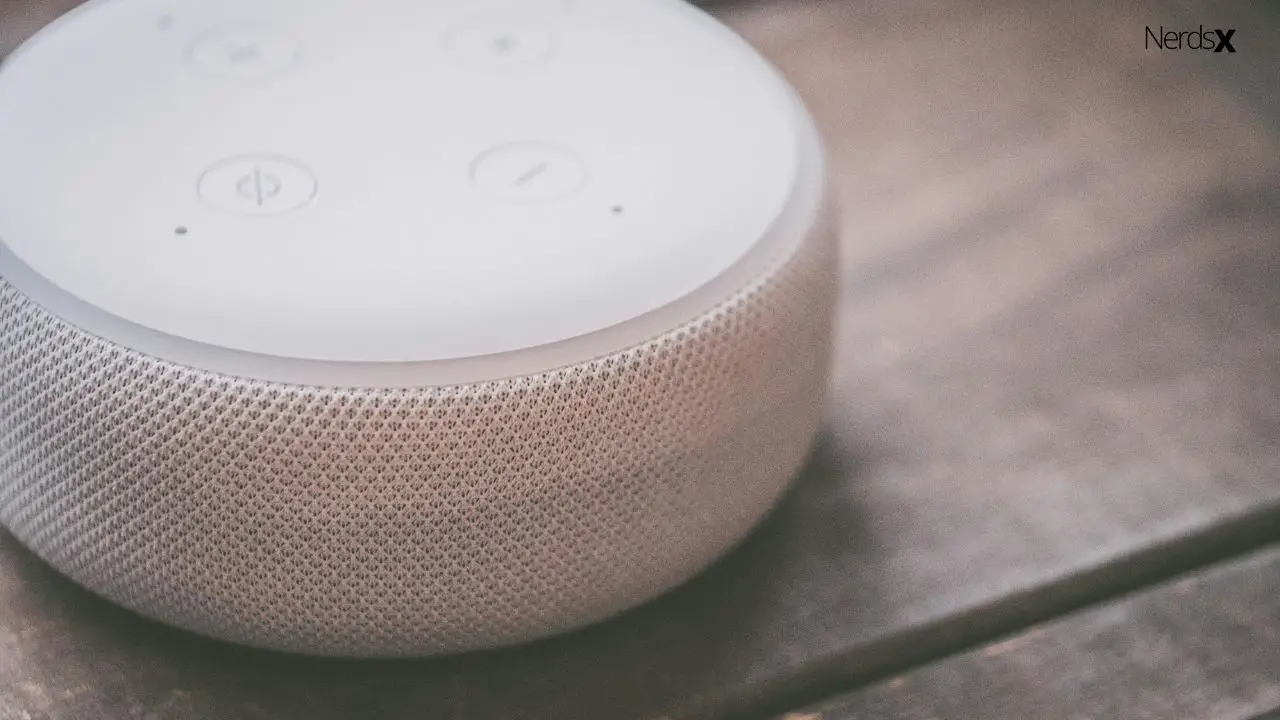Everyone has heard of Siri irrespective of being an Apple product user. Siri is Apple’s digital assistant app which allows iPhone or iPad users to give verbal commands to their iOS compatible devices. Users can request Siri to make phone calls, send messages, etc. Dag Kittlaus is the co-founder of Siri, along with Adam Cheyer and Tom Gruber. Siri means Speech Interpretation and Recognition Interface.
The Debut of Siri on Apple Devices
Apple debuted it as a native install on Apple products with the release of iOS 5 and introduced it as a feature of the iPhone 4S in October 2011. However, people are skeptical about the full form of Siri because if it truly were an acronym, Apple would refer to the app as SIRI and not Siri. Also, Apple does not use the language Speech Interpretation and Recognition Interface when it refers to Siri at any given time. Siri came about differently.
The co-founder Dag Kittlaus came up with the name because Siri means ‘beautiful woman who leads you to victory in Norwegian. Dag wanted to name his daughter Siri, but his wife gave birth to a boy, so he decided to use the name for the app.
When Apple bought over the app, Steve Jobs didn’t want to keep that name but later changed his mind.
What is Siri?
Siri is Apple’s smart assistant across all platforms that uses machine learning to establish guidance for users, answer questions, or control devices. It has been made so that users align it with speaking with multiple voices across several languages.�?
Ever since it was launched, it has evolved tremendously during that time. Siri sounds natural, responds to queries conversationally, remembers previous conversations, controls aspects of users’ life, and remains private and secure.�?
Siri uses neural networks and algorithms that work both on-device and in the cloud and offers information to the user.�?
The Features of Siri
Siri has several features, and it is an umbrella name for the smart assistant built into almost every Apple device ecosystem. The smart suggestions use all the technologies surrounding machine learning and on-device intelligence.�?
Unlike other smart assistants, Siri doesn’t have a home as it doesn’t have a central hub or speaker. The HomePod mini is nearest a ‘Siri device’ that Apple sells.�?
When Apple newly launched Siri, it was hardly a task manager capable of responding to simple commands. With time Apple slowly added features and improved upon Siri’s intelligence and, at the same time, tried to keep up with the competition.
Some of Siri’s features are:
- Users can ask Siri to make calls or send texts when they are driving, have their hands full, or are on the go.
- It can announce users’ messages on their Airpods.
- It offers proactive suggestions like users commanding it to text a friend or their boss that they are running late.
- Users can request Siri to remind them to make calls that matter.
- Siri finishes sentences for users when texting.
- Siri helps users know who is calling if the number isn’t familiar.
- Users can ask Siri to start a Facetime or group Facetime.
- Users can ask Siri to be an alarm and wake them up at a certain time.
- It can be a calculator.
- Siri lets users know when to leave for their destination based on traffic.
How Does Siri Work?
For users to use Siri, a tap, press, or wake command is enough to easily activate Apple’s smart assistant across all of its devices. To command Siri to do a task or ask any queries, users say the wake word ‘Hey Siri’ to wake it, which is done for any Apple device.�?
When users speak, the command is analyzed locally to establish if Siri can do it on the device. If Siri cannot complete the command, it is sent to an Apple server with a random identifier. All information is safe from a third party because it is encrypted end-to-end.�?
Siri intelligence utilizes machine learning for various tasks.Apple has designed it to look for and suggest calendar appointments in email or messages, suggest web pages in Safari from links in iMessage, and provide smart text suggestions based on the recent websites or news articles that the users interacted with. It will propose tasks that users perform frequently or during a specific day.
Personalization
As users utilize Siri on different Apple products, it will use what it has adapted to grow more personalized. Technically, each user’s Siri is unique to them.
Users can choose from multiple voices to customize Siri. Apple announced two new English voices for a total of four in iOS 14.5. The version also discontinued gender identification from the voices for better social inclusion.
Users can create custom actions other than the suggestions that transpire across users’ devices. As of iOS 13, shortcuts are in-built into the system and allow casual users to create quick interactions with their phones. Siri intelligence and the voice assistant are part of this.
Users can further customize the Apple apps or inside the voice assistant itself. Users can inform Siri which contacts are family members, how to spell and pronounce different names or words, and set a nickname that it will use for them in conversation.�?�?
Privacy and Security
Apple ensured that it built Siri and its systems with privacy and security. The secure element found in Apple’s processors holds encrypted personal data on the device. The servers receive complicated actions or questions that users request for analysis utilizing a random identifier. Users can delete and reset the identifier and all personal data from the settings.
In iOS 14, it will use a Neural engine to recognize all text-to-speech that will take place. It means that features like dictation will occur locally without being sent off to a server for processing.
Users had some distress over how Apple uses voice data; therefore, the company introduced the facility for users to turn off specific diagnostic tools. Recordings are now an opt-in-only feature, and transcripts of interactions are utilized before Siri sends the recording to Apple for accurate analysis.
Which Devices Have the Siri App?
Apple has launched Siri as an exclusive iPhone feature, starting with the iPhone 4S, and it has spread to every part of Apple products. Users can use Siri on their iPhone, iPad, iPad touch, Apple Watch, Airpods and Beats Pro, Headphones, Headsets, CarPlay, Apple TV, HomePod, and HomePod Mini, and Mac.

Advantages of Siri
Siri is an AI designed to assist iPhone users with their daily tasks, such as making appointments. Siri is the best in communication and works with both iMessage and email. Users can speak out the message, and Siri will type it. Users can ask Siri to call anyone with another Alexa device.
iPhone users can send commands to the phone via voice, and the phone will translate the voice command if users are non-English speakers or users want to practice the language they are learning.�?
Siri is like having a best friend, and users can change Siri’s language preference in the settings. It will work with twenty-one languages with localization for thirty-six different countries. Users can use it to translate sentences from English to other languages.
You can ask Siri to tweet something on Twitter or update a status on Facebook simply by commanding it to ‘Post to Twitter or Facebook.’ And then dictate their post.
Users can use Siri to check movie listings and any information available on the Internet. What is amazing is that you can get directions to your destination from Siri.
Disadvantages of Siri�?
One of the main disadvantages of Siri is that users cannot use it without a stable and good internet connection. Siri highly depends on cloud computing, and all voice commands are relayed through Apple’s servers before getting back to the phone.
Siri can only give directions in English because Apple translated the maps into English. The app will not interpret the voice commands by the phone as users speak. It doesn’t understand many languages, such as Scottish. Siri sometimes defaults to restaurants and locations. The app searches for information based on the users’ words, and if the word is not in the description, Siri can’t find it.�?
Users need to speak well for Siri to understand them. If users speak too fast or with a strong accent, Siri won’t understand. Sometimes Siri has listening problems with its ability to understand users’ queries. If there is background noise and users give a command, Siri will not work.�?
It also does not work on low-quality audio from some headsets. If users are on a patchy connection or the 3G goes down, Siri will need WI-FI.
Unfortunately, users cannot silence Siri as much as they will silence their phones from ringtones and text messages. Siri is always audible, and if users need their phone to be silent, they cannot use Siri until the phone makes noise again.�?�?
Siri doesn’t understand all spelling variations, and there are different ways of giving the same commands due to the differences in human languages.�?

